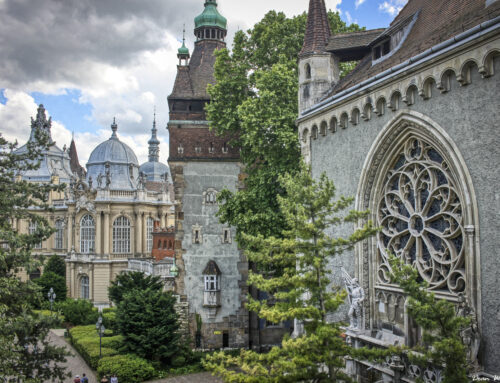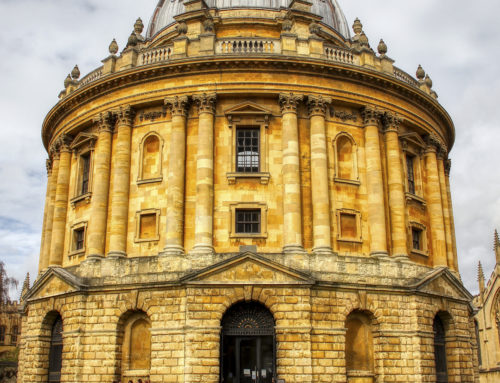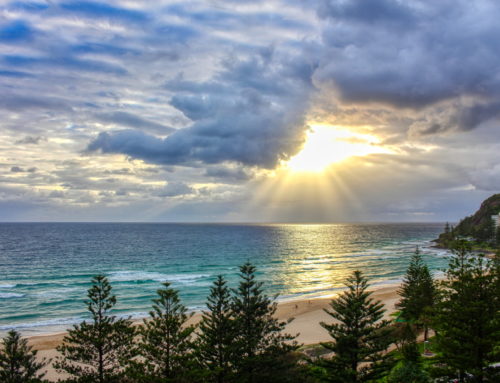This post may contain affiliate links. If you make a purchase by clicking on these links, I may earn a small commission at no extra cost to you. Read the disclaimer for more information.
On the West Bank of the Chao Phraya River in Bangkok, Thailand, sits one of the city’s most popular sights – Wat Arun. I’ve visited this temple several times and I never get tired of seeing it when I’m in Bangkok, even if it’s just as I pass it on the ferry.
Wat Arun – The Temple of Dawn
This Buddhist temple, also known as the Temple of Dawn, is characterized by its tall prangs (towers) that rise high above the temple and river below them. The main prang is 70m tall! The towers are beautifully decorated in different coloured porcelain to give Wat Arun its unique look. Despite being known as the Temple of Dawn, Wat Arun is particularly stunning at sunset, when the golden light bathes the temple in a warm glow and its reflection dances on the river. The temple’s unique design, a blend of Khmer and Thai styles, sets it apart from other major temples in the city and makes it a favorite among photographers.
The History of Wat Arun
Wat Arun has a rich history that dates back to the Ayutthaya period, though it gained prominence in the late 18th century when King Taksin came upon the temple at dawn after liberating the city from Burmese forces and declared it a royal temple. It later housed the revered Emerald Buddha before it was moved to Wat Phra Kaew. The temple complex also features four smaller satellite prangs and several halls and pavilions decorated with mythological figures, guardians, and ornate floral patterns. Climbing the steep stairs of the central prang offers sweeping views of the Chao Phraya River and Bangkok’s skyline.

A steep staircase gives access to the top of the central prang. Climb to the top for great views of Bangkok.
Visiting Wat Arun in Bangkok
If you’ve taken a ferry along the Chao Phraya River in Bangkok, there is no doubt that you have probably seen Wat Arun at some point, and this is also the best way to get there. From Tha Tien Pier (also the best stop for Wat Pho), you can take the cross river ferry to Wat Arun for 3 Baht. The entrance fee to the temple costs 200 Baht for foreigners(*Updated 2025). It’s also easy to join a guided tour if you want some extra details about the temple. You can usually book these at your guest house or hotel or pre-book a tour online (see below).
Wat Arun is open daily from 8:00 AM to 6:00 PM. It is a working temple and you should dress respectfully—shoulders and knees should be covered—and be prepared for a bit of a climb if you wish to enjoy the panoramic view from the prang (the stairs are steep!).
Wat Arun is definitely one of my favourite temples in Thailand, and in my opinion, it shines above the rest when the sun sets behind it in the late afternoon.



















That’s an awesome sunset! I also love your shot of the pink flowers.
Thanks Brock. The sunset at Wat Arun is quite an experience!
Great photos, Dean. You’ve captured the atmosphere of the place really well and that isn’t easy to do. Lovely stuff.
Thanks Roy! It’s not hard to take good photos of a place like this. The place itself does most of the work 😉 Cheers!
Beautiful pictures, Love the last of the sunset.
[…] to do in Bangkok are a visit to the Grand Palace and Wat Phra Kaew, other temples like Wat Pho and Wat Arun, take a ferry ride along the Chao Phraya River, grab a bargain at one of the city’s many […]
[…] passengers across to the Thonburi side of the river. It was near here that I got to see a beautiful sunset over Wat Arun, one of the highlights of my trip to […]
[…] in Thonburi, on the opposite side of the river to the Grand Palace, is the impressive Wat Arun, also known as the Temple of Dawn. This temple is characterized by a tall, beautifully decorated […]
[…] photo is of a flower wreath at Wat Arun in Bangkok, Thailand. Also known as The Temple of Dawn, Wat Arun is a spectacular Buddhist temple on the banks of the Chao Phraya […]